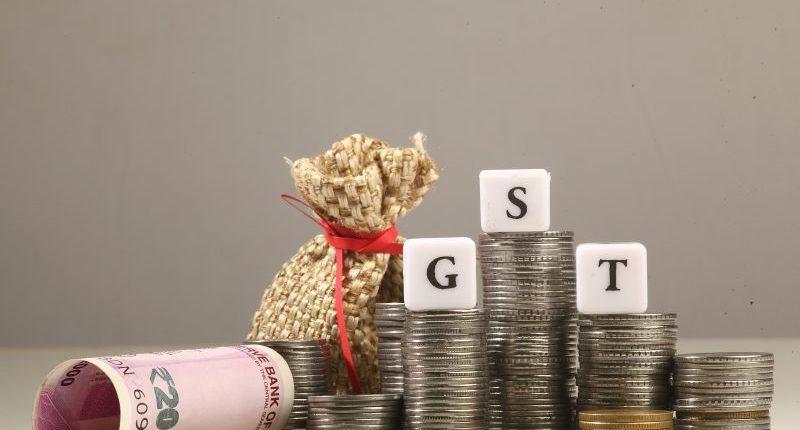Taxpayers have raised several queries to the Indian government concerning the annual returns (Form GSTR-9/Form GSTR-9A) and the Reconciliation Statement (Form GSTR-9C). The government has made a few clarifications to help all stakeholders with their tax return filing (not limited to):
Payment of Unpaid Tax (if any)
As per Section 73 of the CGST Act, a taxpayer is allowed to do a self-correction in various scenarios. These instances include – when a taxpayer has short paid or not paid tax, has obtained refund erroneously or was granted a refund by mistake, and has utilised/availed ITC incorrectly before getting a notice issued by a tax authority.
In these scenarios, a taxpayer may choose to pay the tax amount with interest. A penalty cannot be levied on such kind of taxpayers.
Hence, in instances wherein some information is not provided in the statement of outward supplies (Form GSTR-1) or in the regular returns (Form GSTR-3B), a taxpayer can pay the tax amount along with interest via Form GST DRC-03 at any given point in time.
Table 8D of the Annual Return
ITC, which is declared and calculated in Table 8D is mostly credit that was accessible to a taxpayer in his/her Form GSTR-2A but was not used by him or her between July 2017 and March 2019.
Since the deadline has already passed, a taxpayer will not be able to avail such kind of credit now. As this credit was not recorded in the electronic credit ledger (ECL) of a taxpayer, there is no question of any such credit getting lapsed.
Hence, a taxpayer need not worry about the values, which get reflected in this table. The government needs information in Table 8D for settlement purposes only.
Table 8J of the Annual Return
The government had already clarified that for imports made between July 2017 and March 2019, all credit of IGST paid should be declared in Table 6E. In case a taxpayer states this information correctly, Table 8I and 8J will contain information w.r.t. credit that was available to a taxpayer and he or she preferred not to avail the same.
Since the deadline has already passed, a taxpayer will not be able to avail such kind of credit now. Hence, taxpayers need not worry about the values which reflect in this table. The government needs information in Table 8J for settlement reasons only.
Primary Data Source for Making a Declaration in the Annual Return
Taxpayers have always had questions regarding what needs to be their primary source of data for filing their annual returns as well as their reconciliation statement.
Taxpayers have been uncertain about whether to use Form GSTR-1, Form GSTR-3B, or Books of accounts as their primary source of information. Taxpayers need to know that Form GSTR-1 and Form GSTR-3B are meant for different purposes.
Form GSTR-1 will account for details w.r.t. the outward supplies. Form GSTR-3B is used to declare the summaries of all transactions and payments made. Ideally, information reflecting in Form GSTR-1, Form GSTR-3B, and Books of accounts needs to be synchronous.
Also, the values have to match across various forms and the books of accounts. In case the values do not match, there could be two scenarios – either the taxpayer failed to pay taxes or paid taxes in excess.
Also Read: Government investigates IT returns and GST claims discrepancies
Role of a CA w.r.t Certifying a Reconciliation Statement
There have been concerns that a cost accountant or a chartered accountant might go over and above the books of account in his/her recommendations under the Form GSTR-9C. The GST Act is clear and direct when it comes to the role of a chartered accountant or cost accountant concerning the reconciliation statement.
The role is restricted to reconciling the values as per the declaration made in the annual return (Form GSTR-9) versus the taxpayer’s audited annual accounts.
Duplication of Details in Table 6B and 6H
Most of the taxpayers have raised their concerns regarding the duplication of data in Table 6B and 6H of the annual return. The label in Table 6H mentions that data declared in Table 6H is exclusive of the data reported in Table 6B. Hence, information related to such ITC has to be declared using one of the rows only.
Many taxpayers are yet to make a full disclosure and discharge the liability due to Reverse charge mechanism for FY 2017-18. Annapurna Srikanth, a renowned Chartered Accountant, has insisted that the government must give an explicit clarification on how the reporting with respect to RCM needs to be done in GSTR-9.
She stated, “To declare and pay any undischarged liability at the time of filing GSTR-9, the words ‘Additional outward supply’ was used in para (e) of the government’s press release dated 4 June 2019 as against the Central tax notification no. 31/2019 dated 28 June 2019 which rightly uses the words ‘Additional liability’. Confusion has arisen owing to this.”
She continued saying that since a notification has greater legal sanctity, it is advised that the taxpayers report the total of such undischarged liability due to RCM in Table 4G of GSTR-9, while the corresponding tax portion is declared in Table 9 as the tax payable. Accordingly, businesses must pay the differential tax in cash using DRC-03 challan by selecting ‘Annual Return’ option on their GST dashboard.
Taxpayers must ensure to file their Annual Returns (Form GSTR-9/Form GSTR-9A) and their Reconciliation Statement (Form GSTR-9C) before the return filing due date, i.e. 31 August 2019 to avoid penal consequences.
Bhavana is a Senior Content Writer handling the GST vertical. She is committed, professional, and has a flair for writing. When away from work, she enjoys watching movies and playing with her son. One thing she can’t resist is SHOPPING! Her favourite quote is: “Luck is what happens when preparation meets opportunity”.





